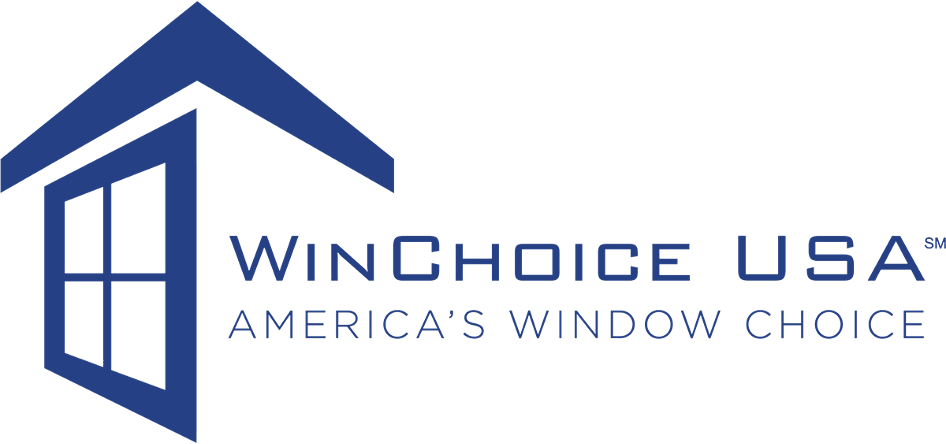10 Types of Windows for Your Home

*Updated September 16th, 2025
When it comes to designing or renovating your home, windows often take a back seat to more obvious elements like walls, floors, and furniture. But the truth is, choosing the right window type is one of the most impactful decisions you can make. Windows for your home influence not just the aesthetics, but also energy efficiency, natural light, ventilation, and the overall feel of your space.
With increasing focus on sustainability and energy-efficient windows, technology has evolved significantly. From UV protection to smart glass, modern windows can dramatically improve the comfort and functionality of your living space. Whether you’re planning a full renovation or simply investing in a replacement window, it’s important to understand the common types of windows available today.
In this guide, you’ll learn about 10 different types of windows, their benefits, and how to select the best windows for your home.
1. Single-Hung Window
If you’re looking for a cost-effective solution, a single-hung window might be exactly what you need. This hung window style is simple yet functional, making it ideal for budget-conscious renovations or maintaining a classic design.
A single-hung window has two sashes, but only the bottom one moves vertically. The top sash remains fixed, while the bottom sash can be raised for ventilation.
- Benefits: Cost-effective, space-saving.
- Materials: Often available in vinyl windows, wood, or aluminum.
- Installation Considerations: Great for quick, affordable window replacement.
- Climate Considerations: Works best in milder climates but can include double-pane glass for insulation.
2. Double-Hung Window
Among the most popular types of windows to choose, the double-hung window balances style and functionality. With both sashes operable, it’s versatile for any room in your home.
- Benefits: Improved airflow, easier cleaning.
- Materials: Available in wood, fiberglass, and vinyl windows.
- Climate Considerations: Excellent across most climates, especially with energy star certified windows.
3. Casement Window
Casement windows are hinged at the side and open outward like a door. They’re a favorite window style for homeowners looking for efficient windows and a modern aesthetic.
- Benefits: Superior energy efficiency, unobstructed views, and maximum ventilation.
- Materials: Wood, aluminum, or fiberglass.
- Installation: Professional installation ensures tight sealing.
- Climate Considerations: Ideal for windy regions—casement windows are hinged to lock tightly against the frame.
4. Awning Window
An awning window is hinged at the top and open outward, creating an awning-like effect. This window type works well in bathrooms or basements.
- Benefits: Allows ventilation even during rain.
- Materials: Often vinyl windows or aluminum.
- Special Note: Awning windows are hinged to keep water out, even when open.
5. Sliding Windows
Sliding windows are easy to use and glide horizontally. Perfect for modern spaces, these operable windows offer wide views.
- Benefits: Sleek, space-saving design, great for patios.
- Materials: Vinyl, aluminum, or fiberglass.
- Climate Considerations: Great for warmer climates; consider double-pane windows in cold areas.
6. Bay and Bow Windows
Bay windows project outward while bow windows form a gentle curve. Together, these dramatic bay and bow windows add space, style, and panoramic light.
- Benefits: Create cozy alcoves, boost curb appeal, and expand interior space.
- Materials: Often available as custom windows in wood or vinyl.
- Installation: Require structural support, so professional help is essential.
7. Picture Window
A picture window is fixed, meaning it doesn’t open, but it’s perfect for framing outdoor views and flooding a room in your home with light.
- Benefits: Superior insulation, unobstructed natural light.
- Materials: Common in vinyl windows and aluminum.
8. Skylight Windows
Installed on the roof, skylights brighten dark areas inside the home, such as hallways or bathrooms. Some skylights are operable for ventilation, while others are fixed.
9. Egress Windows
Egress windows are designed for safety, often installed in basements to provide emergency exits. Available as casement windows or sliding styles, they also bring in light.
10. Garden Windows
Garden windows project outward with glass on all sides, like a mini greenhouse. They bring sunlight throughout your home and are perfect for plants or decorative displays.
Other Specialty Windows to Consider
- Transom windows: Installed above a door or another window to add light.
- Glass block windows: Excellent for bathrooms, adding privacy while letting light in.
- Jalousie windows: Louvered panes that open and close with a crank.
- Shaped windows: Arched or custom designs that add character.
Shopping for Windows & Cost Considerations
When shopping for windows, think about:
- Windows cost: Prices vary by window type, material, and size.
- Energy efficiency: Look for energy star certified windows.
- Style & function: Match each window and door to the function of the room in your home.
Stores like Home Depot offer standard windows, but custom windows may better suit your design needs.
Conclusion
Windows can make a dramatic difference in both the exterior and interior and exterior feel of your home. Whether you’re updating old windows or exploring new windows, the right replacement window improves comfort, aesthetics, and energy efficiency.
By choosing the best windows for each space, you ensure that your home remains functional, stylish, and efficient for years to come.
Sources
Additional Windows Resources
- Window Styling Tips by Window Type
- Soundproofing Windows: Simple Guide for a Quieter Home
- Window Treatments: How to Choose the Right One

Anna has over six years of experience in the home services and journalism industries and serves as the Content Manager at MyHomePros.com, specializing in making complex home improvement topics like HVAC, roofing, and plumbing accessible to all. With a bachelor’s degree in journalism from Auburn University, she excels in crafting localized, comprehensive guides that cater to homeowners’ unique needs. Living on both coasts of the United States has equipped her with a distinctive perspective, fueling her passion for turning any house into a cherished home through informed, personalized decision-making.
Connect with top-rated local contractors who can help you with siding, roofing, HVAC, windows, and more. Get free quotes from verified professionals in your area today.








